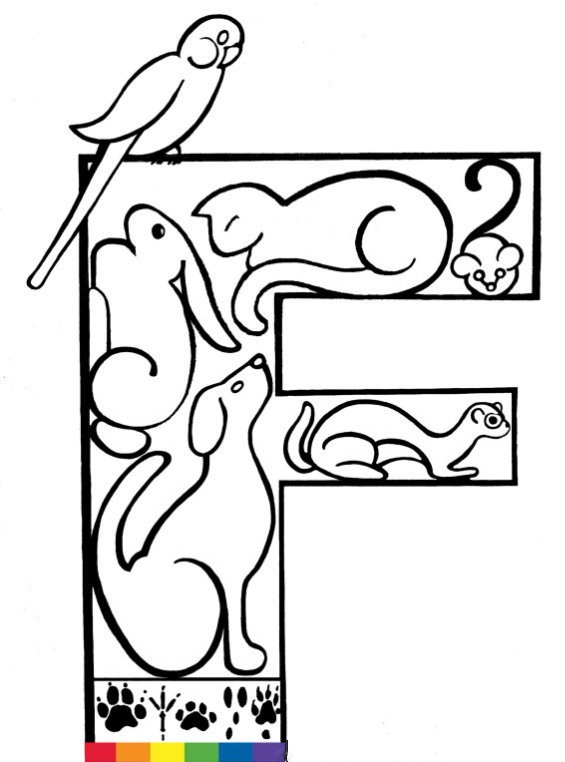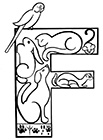POCKET PETS
The most popular pocket pets are guinea pigs, mice, rats, gerbils, and hamsters. Hedgehogs, chinchillas, and sugar gliders are also popular, though they require more specialized care and are illegal to own in some states, so check with your local government before attempting to bring one home.
The bottom line for anyone thinking of getting a pocket pet is: Do your research first.
* Do I have room for the animal’s cage?
* What space and exercise needs does the animal have? Does she need to run or climb?
* What does the animal eat?
* When does the animal sleep? At night or during the day?
* How much interaction does the animal like and need? Do I have enough time to spend with her?
* How messy is the animal? How often am I going to have to clean up after him?
Because some pocket pets need to climb, they may require a larger or more complex cage with multiple levels.
It also is important to remember that some pocket pets are comfortable being handled, while others are not.
Knowing what your pocket pet eats is similarly important. Guinea pigs, for example, need Vitamin C supplements. Sugar gliders eat a variety of foods, including insects and produce.
It is also important to be aware that, with some pocket pets, you may need to buy two. Guinea pigs often prefer to have another guinea pig in their cage, in which case you’ll want to avoid matching a male and female.
Spaying or neutering is an option for some pocket pets.
Also ask yourself how long of a commitment you are willing to make. Rats live only a couple of years. Chinchillas can live up to 20 years, which is longer than most dogs.
Veterinary care is another consideration. How often a pocket pet needs to see the vet varies by type of animal. Hamsters and guinea pigs often go to the vet two or three times per year. Others need only an annual exam. Guinea pigs and rats are more prone to dental problems, so they may require more frequent dental exams by a veterinarian.
So what’s the easiest pocket pet to own in terms of maintenance? A rat. They like being handled, but their space needs aren’t as great, and it’s fairly simple to feed and clean up after them. Gerbils are also easy, especially if you don’t want to be as hands-on. You can set them up with the wheels and tunnels.
What is the highest maintenance pocket pet? A sugar glider, Riggs says, because it requires more time and space and has a more complex diet, not to mention it is illegal to own them in some states and provinces.
So, do your research before bringing a pocket pet home, but once you do, enjoy your new family member.

